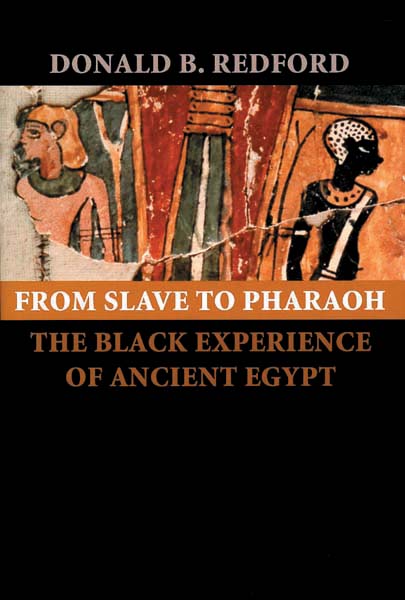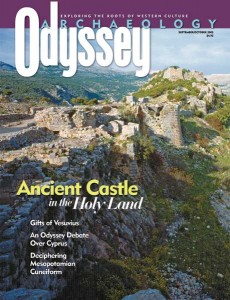
From Slave to Pharaoh: The Black Experience of Ancient Egypt
Donald B. Redford (Baltimore: Johns Hopkins University Press, 2004) 218 PP., $44.95
Only recently have scholars begun to see Egypt’s Third Intermediate Period (1075–715 B.C.) and dynasties 21–30 (1075–343 B.C.) as worthy of serious attention.
This late period in Egyptian history has traditionally been viewed as a time of artistic and cultural decline—a time in which the high pharaonic civilization gradually came to a close. We are now learning, however, that Egypt of the first millennium B.C. was a more interesting place than we thought. Recent archaeological discoveries have shown, for instance, that Egypt’s art and material culture flourished during the 25th Dynasty (715–657 B.C.), when Egypt was ruled by “black” Nubian rulers from the south. In fact, the Nubians’ penchant for older forms of art and funerary ritual inaugurated a kind of Egyptian Renaissance that was extremely fertile and invigorating.
Already a library member? Log in here.
Institution user? Log in with your IP address.

